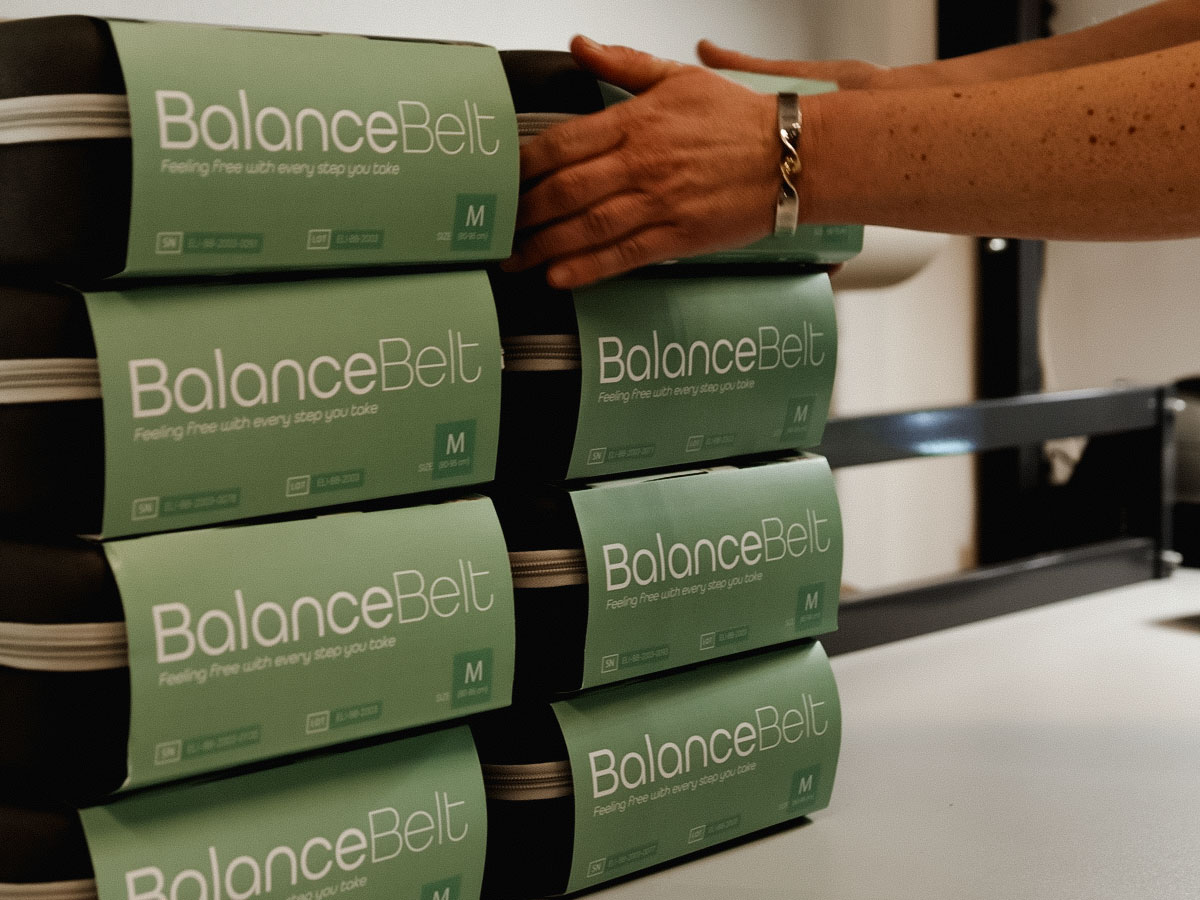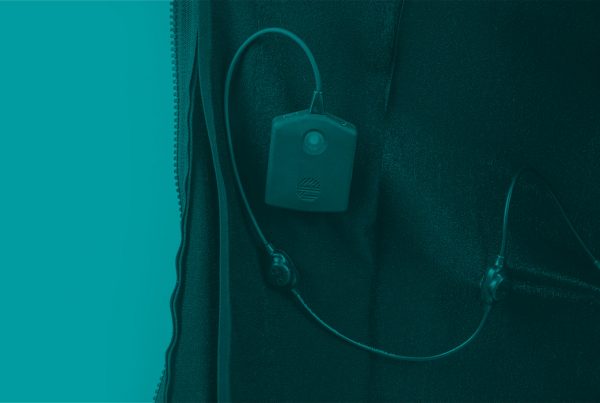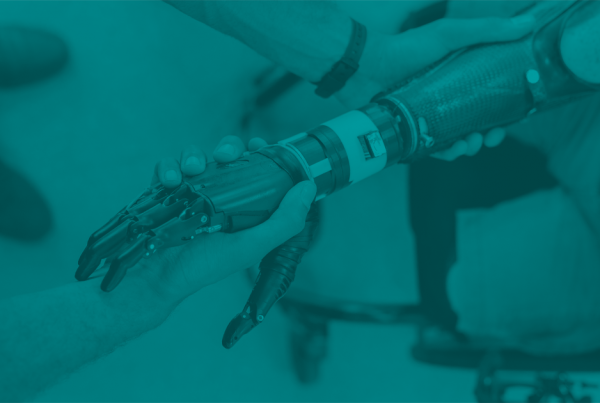Developing wearables carries inherent risks: Projects often require significant investments of time and money, technology is new and unpredictable, and market potential difficult to forecast. That’s the nature of the game.
New product development will never be entirely risk-free, but there are definitely measures you can take to minimise those risks. We asked our multi-disciplinary team for their top recommendations to minimise wearables development risk. Today, we kick off with the commercial perspective:
1. Define the business case and go-to-market strategy asap
It may seem obvious, but many wearables developers don’t spend nearly enough time on this important step. Before you go all in, make sure you cover the basics:
- Does the wearable solve a genuine market need? What are the functional and technical requirements?
- Are there alternatives available (now and in the near future)? Will your wearable solve users’ needs at least 10 times better than these alternatives? It is vital that you consider how your proposed solution will create value in ways that competitors won’t be able to match.
- How large is the potential target market? Is it sufficiently large to make the investment in time and money worthwhile?
- How will you market and sell the product? How accessible is the market? What are the certification requirements, e.g. CE, medical, etc.
Exploring these questions thoroughly will go a long way toward reducing wearables development risk and ensuring your investments won’t be in vain.

2. Once you have a clear idea of the basics, validate your findings with stakeholders.
Most importantly, never stop validating throughout the wearables development process. In other words, keep checking the business case, technical and certification requirements, added value, route-to-market, pricing, etc. with potential co-developers and the people who will be using the wearable, buying it, selling it, distributing it, etc.
Client and market requirements change constantly. By continuously validating the wearable with your stakeholders, you ensure that the finished product is in tune with the prevailing requirements.
3. Take an iterative approach to development
Make your development steps as small as possible: Instead of settling on one design from the beginning, create and test multiple versions (iterations) of the wearable throughout the development process.
This reduces risk because it allows you to test every aspect of the design, functionality, materials and usability before committing and starting the manufacturing process. It also helps you perfect the basic design without losing time on minor details that may well be omitted in the final version of the wearable.







